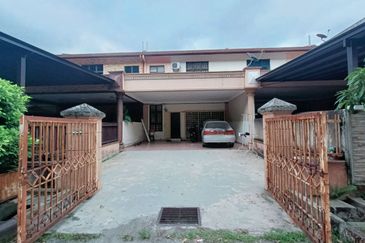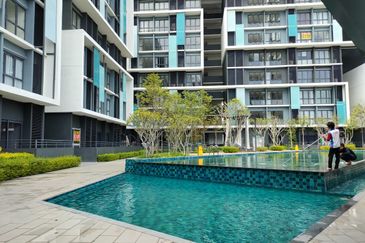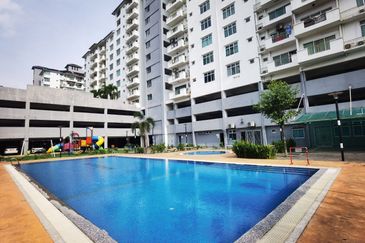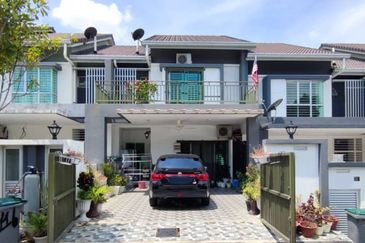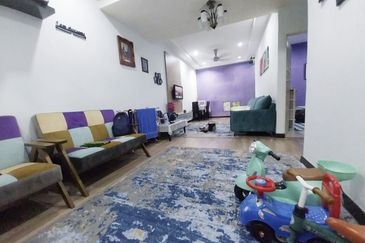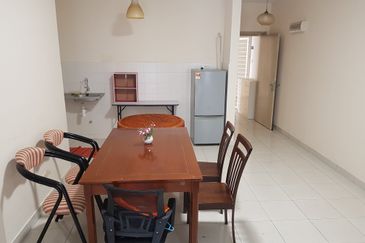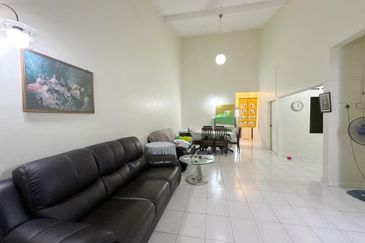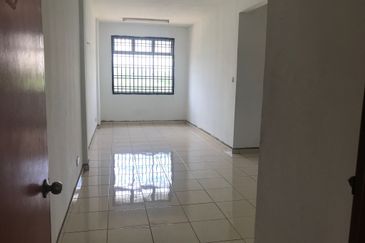
- The Local Government Development Ministry’s initiatives to assist affected homebuyers include issuing letters to confirm the status of the projects, to be presented by the buyer to financial institutions, and entities such as the Employees Provident Fund (EPF) and the Public Sector Home Financing Board (LPPSA).
KUALA LUMPUR (Oct 30): Approvals to restructure loans and reduce interest on loans for buyers of “sick and abandoned” housing projects are subject to the discretion of the financier, said the Minister of Local Government Development Nga Kor Ming (pictured).
The ministry’s initiatives to assist affected homebuyers include issuing letters to confirm the status of the projects, to be presented by the buyer to financial institutions, and entities such as the Employees Provident Fund (EPF) and the Public Sector Home Financing Board (LPPSA).
This is in order for the homebuyers to apply for the entities to consider reduction of interest, and to restructure loan repayments as well as to allow a second EPF withdrawal for the purpose of home purchases, Nga said in a written reply in the Dewan Rakyat.
Nga [PH-Teluk Intan] said this in reply to Datuk Khlir Mohd Nor [PN-Ketereh] who wanted to find out the federal government’s steps to address the issue of suspended projects, whereby buyers are still required to make payments although the project has stalled.
As at end-August, Malaysia has 118 delayed private sector housing projects involving 8,128 buyers and 13,039 houses, and 490 sick projects involving 40,725 buyers and 79,278 houses, according to data from the National Housing Department.
The government has established a task force on sick and abandoned private housing projects, Nga said, which focuses on four terms of reference namely tracking, resolving, preventing and forward modelling to address such projects.
“The [task force] will continue to find the best alternative that is suitable and effective in preventing and recovering sick and abandoned private sector housing projects,” Nga said.
Separately, Nga said that abandoned projects will undergo due diligence to identify the viability of the projects and the best means to resolve its recovery.
A mediation with court-appointed liquidators, landowners, buyers and financial institutions will be conducted to reach consensus on the recovery method that will be implemented, he said.
Meanwhile, a resolution with buyers will see a mediation held with liquidators, buyers, and financial institutions to identify the validity of the signed sale and purchase agreement (SPA) and the amount already paid by the affected buyers.
“The original developer, or liquidator (if the developer has been wound up), or the financial institution will obtain an agreement on the amount of money to be paid to the buyer/original developer/liquidator,” he said, in response to a question from Muhammad Fawwaz Mohamad Jan [PN-Permatang Pauh] on the methods to recover the projects where liquidators or rescue contractors are appointed.
Another method underlines the physical completion of the project until it secures certificate of completion and compliance (CCC) or certificate of fitness for occupation (CFO).
This is assisted through oversight, site visits, or joint engagement with developers or rescue contractors, technical agencies and the local government, he added.
Looking to buy a home? Sign up for EdgeProp START and get exclusive rewards and vouchers for ANY home purchase in Malaysia (primary or subsale)!
TOP PICKS BY EDGEPROP

Residensi Adelia @ Bangi Avenue
Bangi, Selangor
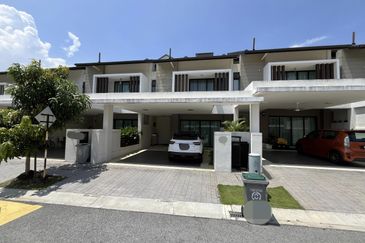
LAMAN ALAMANDA @ KOTA SERIEMAS
Seremban, Negeri Sembilan
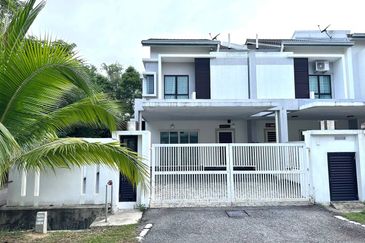
Laman Delfina @ Nilai Impian
Nilai, Negeri Sembilan

Laman Delfina @ Nilai Impian
Nilai, Negeri Sembilan
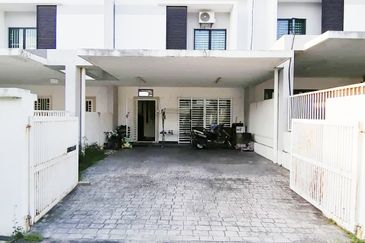
Laman Delfina @ Nilai Impian
Nilai, Negeri Sembilan
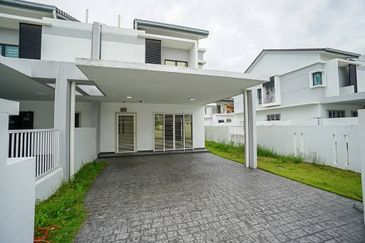
Laman Delfina @ Nilai Impian
Nilai, Negeri Sembilan
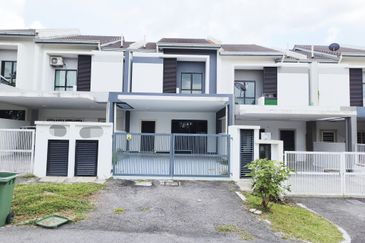
Laman Delfina @ Nilai Impian
Nilai, Negeri Sembilan
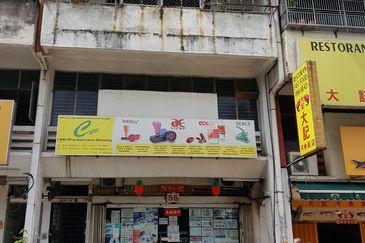
Bandar Baru Sri Petaling
Bandar Baru Sri Petaling, Kuala Lumpur




